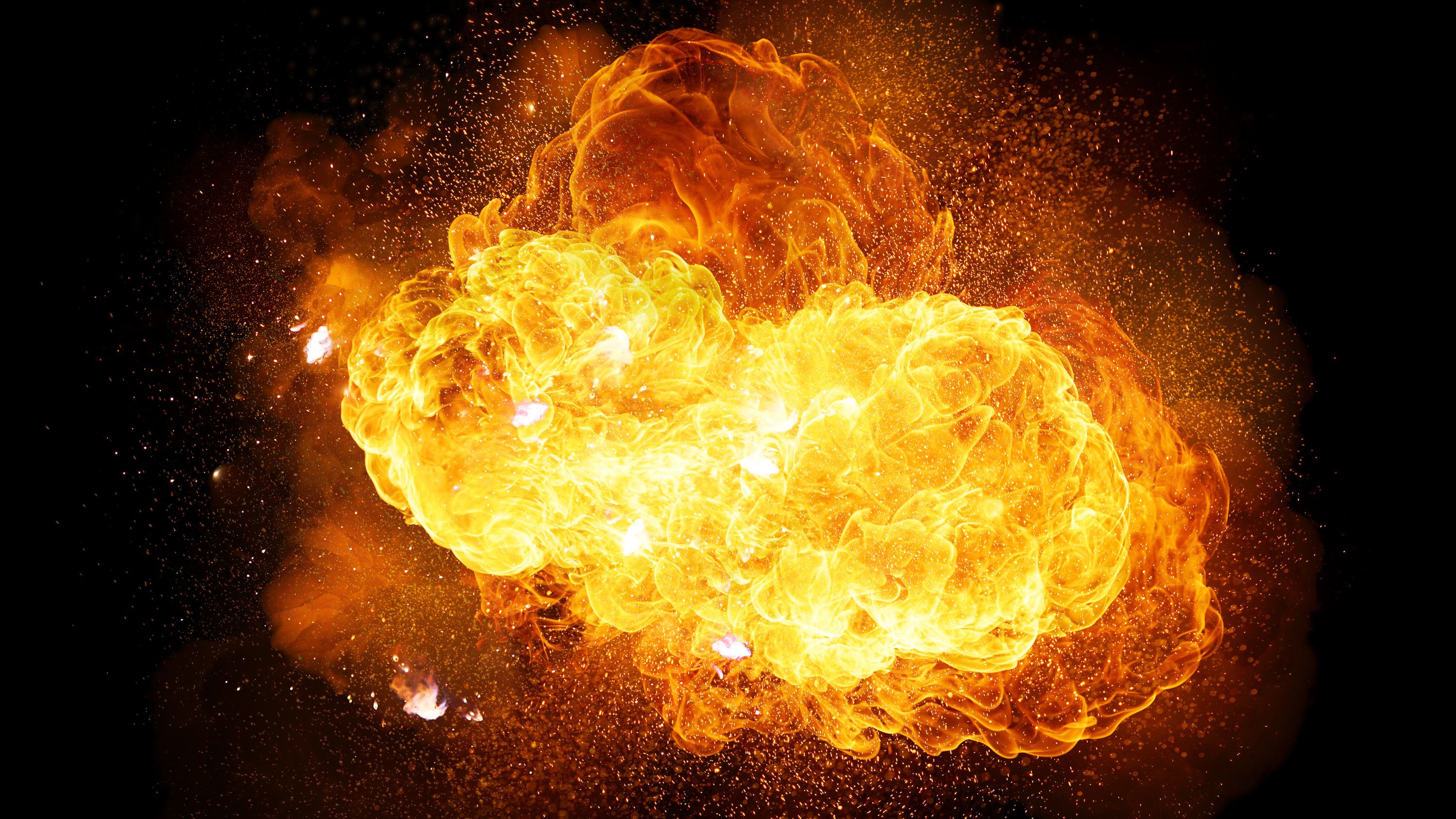
Thermodynamics is a funny subject. The first time you go through it, you don't understand it at all. The second time you go through it, you think you understand it, except for one or two small points. The third time you go through it, you know you don't understand it, but by that time you are so used to it, it doesn't bother you any more.
Arnold Sommerfeld
- Teacher: Dr SIJO A K
Atomic physics is the field of physics that studies atoms as an isolated system of electrons and an atomic nucleus. It is primarily concerned with the arrangement of electrons around the nucleus and the processes by which these arrangements change. Nuclear physics is the field of physics that studies the constituents (protons and neutrons) and interactions of atomic nuclei. The most commonly known applications of nuclear physics are nuclear power generation. Modern nuclear physics contains also particle physics, which is taught in close association with nuclear physics.
COURSE OUTCOME
CO 1: Understand the structure nucleus and nuclear constituents
CO2: Define nuclear forces and nuclear reactions
CO3: Familiarize elementary particles and their properties
Book for Study:
1.Concepts of Modern Physics - Sixth Edition, Arthur Beiser, Tata McGraw-Hill, New Delhi
Books for Reference:
1. Modern Physics - Kenneth Krane (John Wiley & Sons)
2.Atomic Physics - Christopher J. Foot (Oxford University Press, Cambridge)
3.Nuclear Physics - S N Ghoshal (S Chand and Co.)
4.The Atomic Nucleus - R D Evans (Mc Graw Hill, New York)
5.Modern Physics - G Aruldhas & P Rajagopal (PHI, NewDelhi)
6.Atomic and Nuclear Physics by S Sharmahatendra(Pearson)
Mechanics is a branch of the physical sciences concerned with the state of rest or motion of bodies
that are subjected to the action of forces. It deals with the action of forces on bodies and with motion, comprised of kinetics, statics, and kinematics. Basically there are three types and branches of mechanics, classical mechanics, quantum mechanics and relativistic mechanics.
We shall discuss all the topics included under thermal physics according to the syllabus of Kannur University.
COURSE OUTCOME
CO1: Understand the concept of Galilean transformations and uniformly accelerating systems
CO2: Determine the trajectory of a body in central force problem using Newton’s laws
CO3: Understand Kepler’s laws of planetary motion
CO4: Formulate the mathematical equation of waves
CO5: Understand the concept and consequences of the special theory of relativity
Books for Study :
1. An Introduction to Mechanics, 1stEdn. – Daniel Kleppner and Robert J. Kolenkow – McGraw- Hill
2. Mechanics by J C Upadhyaya 5thedn.
3. Modern Physics by Kenneth S Krane, 2ndedn.
Thermal Physics is a vital branch of Physics and covers various topics like thermodynamics, statistical mechanics, kinetic theory etc. Thermal Physics deals with diverse branches including key areas like the study of heat, temperature and heat transfer. The various concepts of thermodynamics are closely related to thermal energy which is one of the basic forms of energy. These concepts have far-reaching applications. In most of the energy transformations, there is a production of thermal energy in the form of heat. Thermal physics also forms the basis of various ancient cycles of heat. This is also the reason behind the invention of the steam engine, rotors, shipments and various other revolutionary machines.
COURSE OUTCOME
CO 1: Understand the concept of temperature, the thermodynamic state and equilibrium.
CO2: Explain the first law of thermodynamics through work and heat and its Mathematical Formulation.
CO3: Understand the ideal gas equation and the kinetic theory of gases
CO4: Understand the second law of thermodynamics and thermodynamic temperature scale.
CO5: Define entropy and thermodynamic potentials
CO6: Understand the basic concepts of Statistical mechanics
Books for study:
1. Heat and Thermodynamics-Mark W Zemansk, Richard H Dittman (seventh Edn.)
2. Concepts of Modern physics-Arthur Beiser (fifth Edn.)
Books for Reference:
1. Heat and thermodynamics-D.S.Mathur
2. Thermodynamics and Statistical physics –BriJ Lal, N.Subrahmanyam and P.S.Hemne (multicolour edn.7)
3. A treatise on heat-Maghanad Saha
4. Thermodynamics, Kinetic Theory, Statistical –Thermodynamics –Francis W.Sears & Gerhard L Salinger.